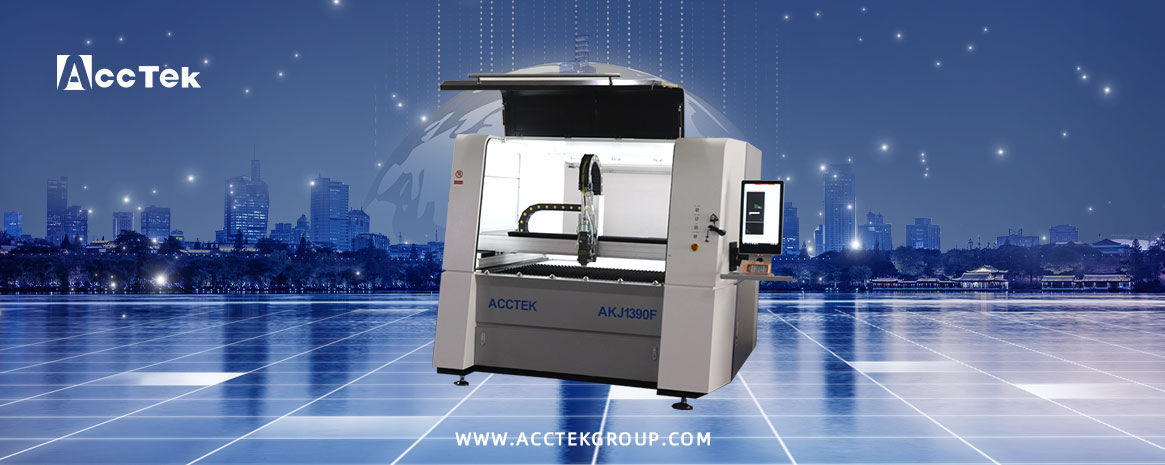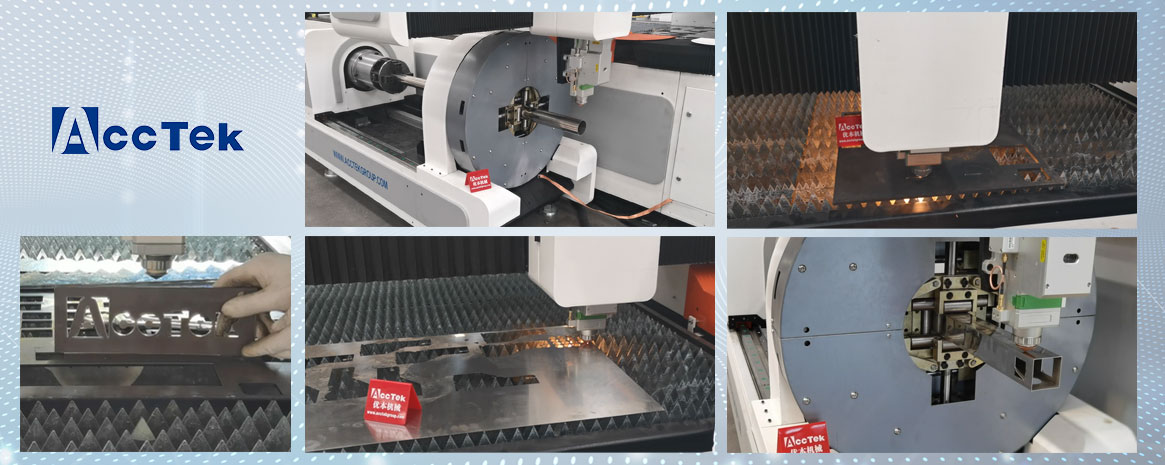In recent years,
fiber laser cutting machines have been widely used in industrial processing. It has many advantages such as fast cutting speed, high precision, and wide application range. However, in the laser cutting process, there are many factors that affect the metal cutting quality. If the operation is improper, the cutting quality and accuracy will be greatly affected.
So in the process of using the laser metal cutting machine, how to ensure the fiber laser cutting quality to the utmost extent? This post analyzes the five main factors that affect the quality of fiber laser cutter machine, and hope to help you use the laser cutter machine.
Cutting speed
Given the laser power density and material, the cutting speed conforms to an empirical formula.
As long as it is above the threshold, the cutting speed of the material is proportional to the laser power, that is, increasing the power density can increase the cutting speed.
The cutting speed is also inversely proportional to the density and thickness of the material being cut.
Factors to improve cutting speed:
(1) Increase power (500-3000w);
(2) Change the beam mode;
(3) Reduce the focus spot size (such as using a short focal length lens)
For
metal materials, other process variables are kept unchanged, and the laser cutting speed can have a relative adjustment range while still maintaining a satisfactory cutting quality. This adjustment range appears to be relatively wide when cutting thin metals.
Focus position
After the laser beam is focused, the spot size is proportional to the focal length of the lens.
After the beam is focused by the short focal length lens, the spot size is small, and the power density at the focal point is very high, which is very beneficial for material cutting.
But its disadvantages are that the depth of focus is very short and the adjustment margin is small. It is generally suitable for high-speed cutting of thin materials.
For thick workpieces, since the telephoto lens has a wider focal depth, as long as it has sufficient power density, it is more suitable for cutting it.
Due to the highest power density at the focal point, in most cases, the focal position is just at the surface of the workpiece or slightly below the surface of the workpiece during cutting. To ensure a constant relative position between the focal point and the workpiece is an important condition for obtaining stable cutting quality.
Sometimes the lens is heated due to poor cooling during operation, which causes the focal length to change, which requires timely adjustment of the focal position.
Auxiliary gas
The auxiliary gas is sprayed coaxially with the laser beam to protect the lens from pollution and blow away the molten slag at the bottom of the cutting area.
For non-metallic and some metallic materials, compressed air or inert gas is used to remove molten and evaporated materials, and at the same time prevent excessive combustion in the cutting area.
Auxiliary gas pressure
Most metal laser cutting uses reactive gas (oxygen) to form an oxidative exothermic reaction with hot metal.
This additional heat can increase the cutting speed by 1/3-1/2.
When cutting thin plates at high speeds, higher gas pressure is required to prevent the back of the cut from sticking to slag.
When the material thickness or cutting speed is slow, the gas pressure can be appropriately reduced.
Laser output power
The laser power and the quality of the mode will have an important impact on the cutting.
In actual operation, the maximum power is often set to obtain a high cutting speed or to cut thick materials.
I hope you can understand the correct parameter settings of the
laser cutting machine by reading this article in order to obtain the best metal cutting effect.


